Ho Chi Minh City Ms. Nga, 29 years old, suddenly became weak and unable to move, lying in one place. The doctor examined and discovered a small tumor in the adrenal gland causing hypokalemia.
Ms. Nga was taken to Tam Anh General Hospital in Ho Chi Minh City for emergency treatment. The doctor immediately administered potassium because her blood potassium concentration was very low, only 1.8 mmol/l (normal 3.5-5.1 mmol/l). The patient's blood aldosterone concentration was high at 19.5 ng/dL (normal below 15 ng/dl).
On January 17, Dr. Nguyen Thi Kim Tuyen, Department of Endocrinology - Diabetes, said that aldosterone is produced mainly in the adrenal glands (endocrine glands located right above the two kidneys), increasing sodium retention and eliminating potassium from the body through urine and sweat. A sharp drop in blood potassium levels is a sign of hyperaldosteronism (excessive secretion of aldosterone), warning of damage occurring in the adrenal glands.
A 768-slice CT scan showed that Ms. Nga's left adrenal gland had a benign tumor measuring 14 mm. Dr. Phan Huynh Tien Dat, Department of Urology, Center for Urology - Nephrology - Andrology, determined that this was the cause of the patient's hypokalemia, sudden paralysis of the whole body, requiring immediate surgery to remove the tumor, as long as it was left for too long, the heart could stop due to low potassium levels.
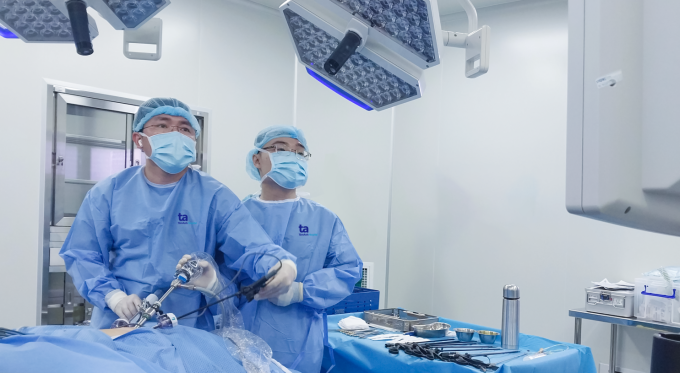
Doctor Dat (left) performed surgery to remove Ms. Nga's adrenal gland tumor. Photo: Thang Vu
Ms. Nga had her adrenal tumor removed using retroperitoneal endoscopy. Dr. Dat and his team made three small holes, 2 cm in diameter, in the patient's left flank and abdomen to insert laparoscopic surgical instruments. The doctor observed on the screen, dissected the tissues in the abdominal cavity, used a laparoscopic scalpel to access the adrenal gland, then cut and removed the tumor. The yellow, spherical tumor was removed along with the surrounding adrenal gland tissue.
Two days after surgery, Ms. Nga's blood potassium index increased to 4.09 mmol/l, aldosterone concentration decreased to 5.32 ng/dl. She recovered well, had no pain, could move her arms and legs normally, and was discharged from the hospital.
The adrenal gland is an organ that produces many important hormones, which play a role in regulating the body's vital activities. After removing part of this gland, the patient needs to have their hormone levels monitored regularly and supplemented promptly if there is a deficiency.
Dr. Dat said that adrenal tumors are the most common disease related to the adrenal glands, accounting for 54-75% of cases.
There are two types of adrenal tumors: non-hormone-secreting and hormone-secreting. Non-hormone-secreting adrenal tumors are common, the patient has no symptoms, and are often discovered by chance during abdominal CT scans. They do not require treatment, only regular endocrine monitoring. About 15% of adrenal tumors secrete hormones like Ms. Nga. Of these, cases of increased aldosterone secretion account for 1.5-3%, according to Dr. Dat.
Depending on the type of hormone secreted, the patient will experience different symptoms. Like Ms. Nga, the adrenal tumor causes excessive secretion of aldosterone, leading to hypokalemia, causing muscle weakness, paralysis, and high blood pressure. In addition, the disease can also cause cramps in the limbs, frequent urination, and thirst. More dangerous is chronic hypokalemia, respiratory failure, arrhythmia, and cardiac arrest.
Dr. Dat evaluates that surgical removal of the tumor is the best treatment option in cases of adrenal tumors with increased hormone secretion. Laparoscopic surgery is the option for tumors less than 5 cm in size; if larger, open surgery is required. Adrenal tumors are often spontaneous and cannot be prevented. Everyone needs to proactively have a health check-up every 12 months for timely detection and early treatment.
Thang Vu
* Patient's name has been changed
| Readers send questions about kidney disease here for doctors to answer |
Source link










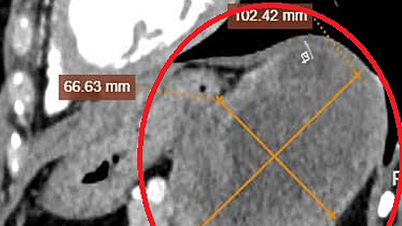
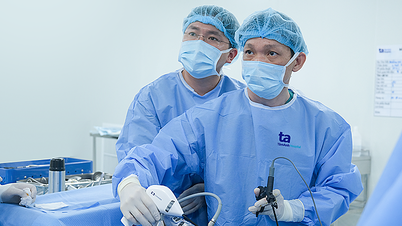






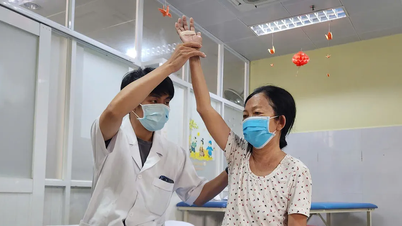





























































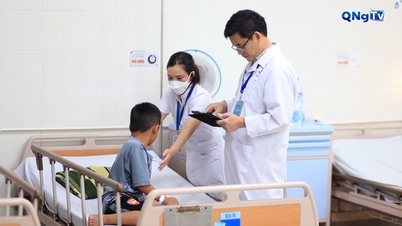





















Comment (0)